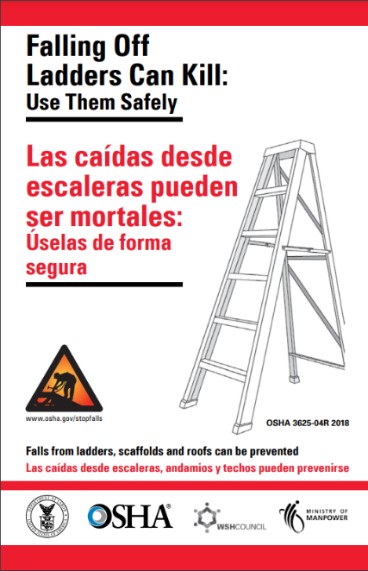This written Fall Protection Program is a means to analyze elevated work tasks and determine appropriate personal protection against falls in accordance with regulations set by Vermont Occupational Safety and Health Administration (VOSHA) and U.S. Department of Labor Occupational Safety & Health Administration (OSHA).
Both OSHA’s General Industry (29 CFR 1910) and Construction Industry (29 CFR 1926) Fall Protection
standards may simultaneously apply to the same work site and job tasks.
Fall Hazards may be classified into four (4) general categories:
- Slips
- Trips
- Falls on same level
- Falls from elevations
Slips and trips are generally caused by a lack of good housekeeping and inadequate maintenance of walking
and working surfaces. These hazards may include icy sidewalks, wet floors, torn floor coverings and stair treads,
and missing or broken handrails and guard rails.
Fall hazards from elevations include, but are not limited to, unprotected sides and edges of roofs, excavations,
skylights, floor holes, wall openings, and all other walking or working surfaces where personnel can possibly fall.
For additional information, visit the Slips, Trips, and Falls website.
Ladder Safety
Ladder safety transcends the workplace, because this piece of equipment is used in nearly all environments both at work and at home. Taking just a few minutes to discuss ladder safety with the faculty, staff, and students that are in any working and learning environment. UVM Personnel who use ladders shall have proper training and be knowledgeable of the following:
 The manufacturer's instructions
The manufacturer's instructions
How to inspect ladders for visible defects
How to use ladders properly
How to properly store and maintain ladders
How to fill out the UVM's Ladder Inspection Checklist
For additional information, visit the Stairways, Walkways, and Ladders website.
For informaiton regarding roof access for academic purposes, view the University Roof and High Place Access for Academic or Research Use.
